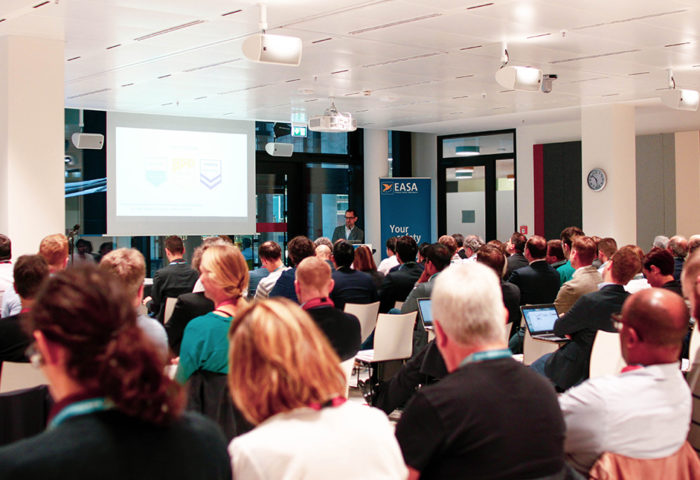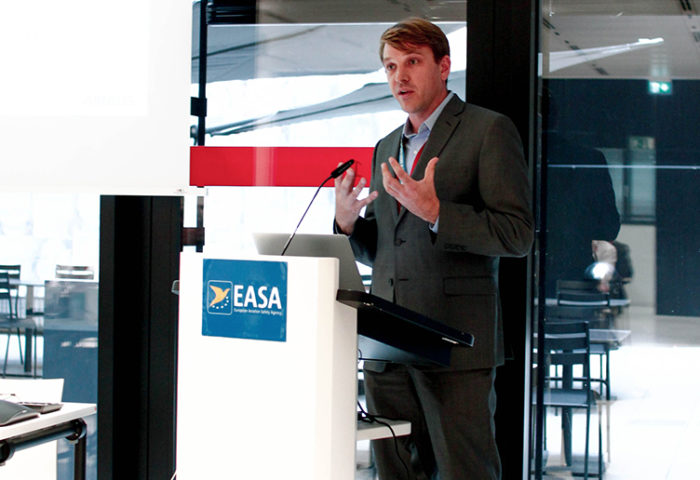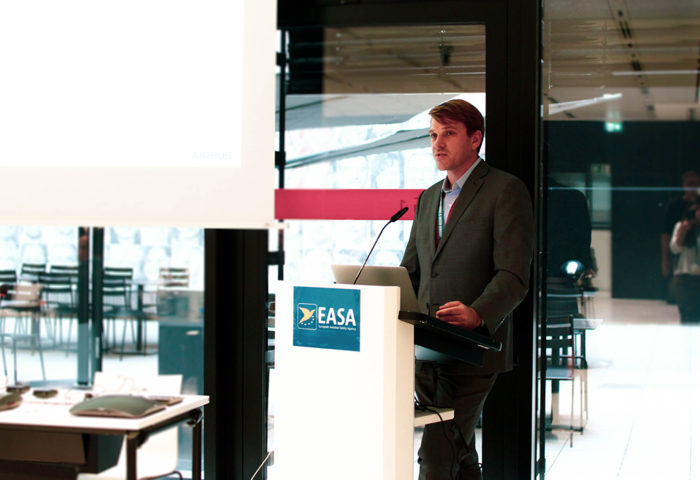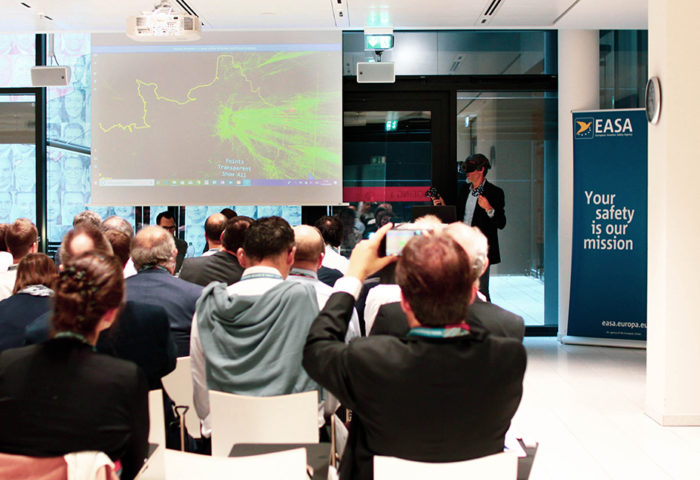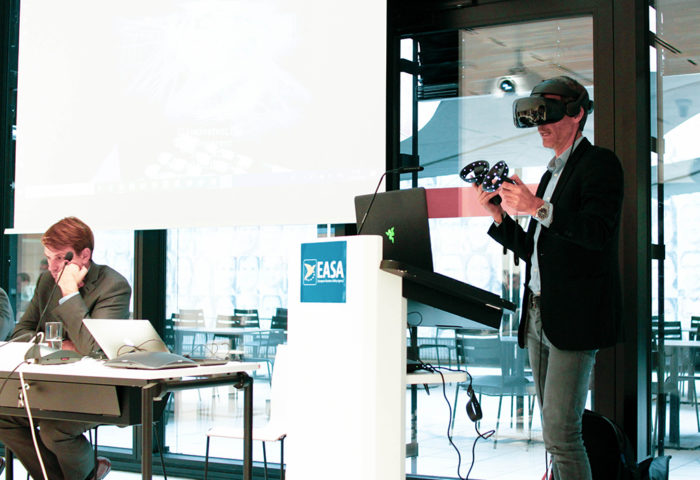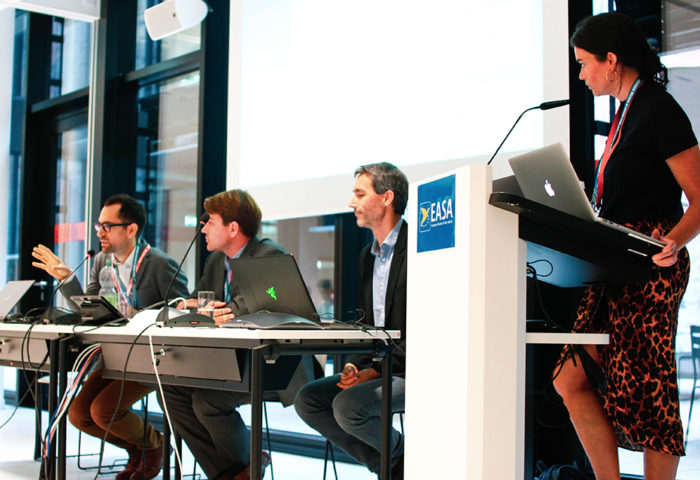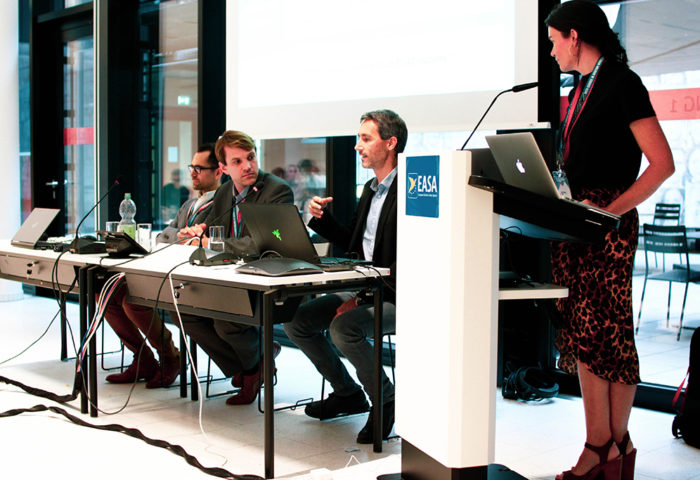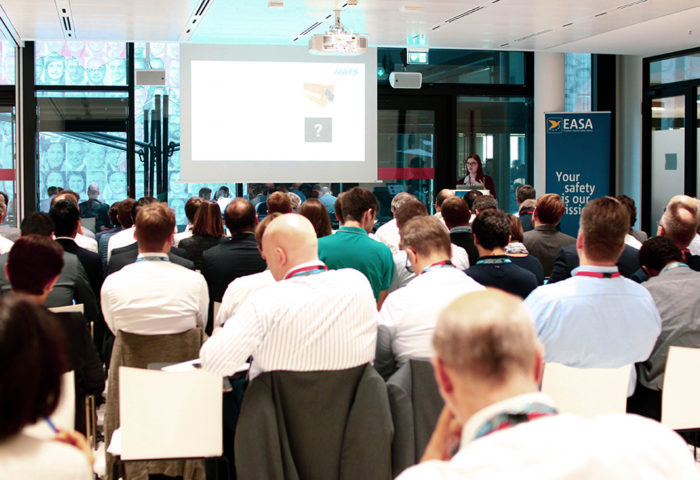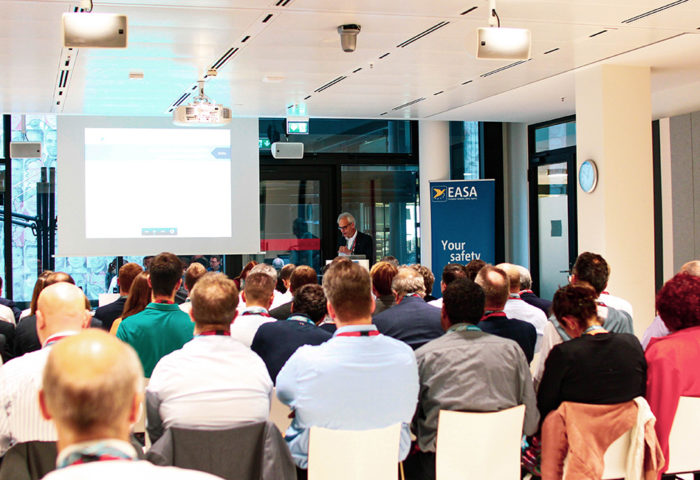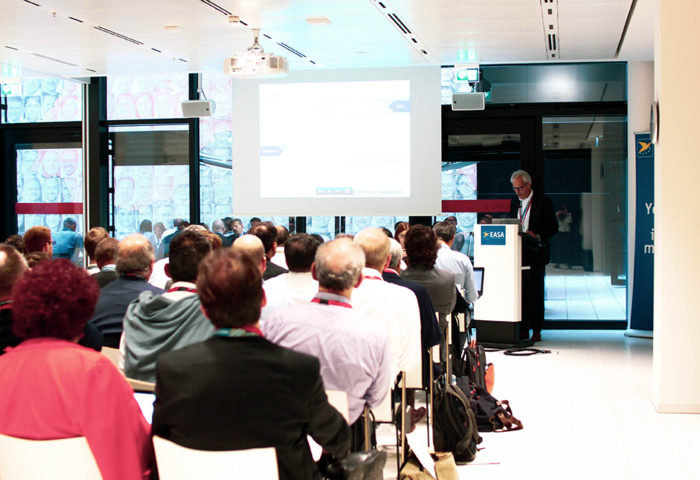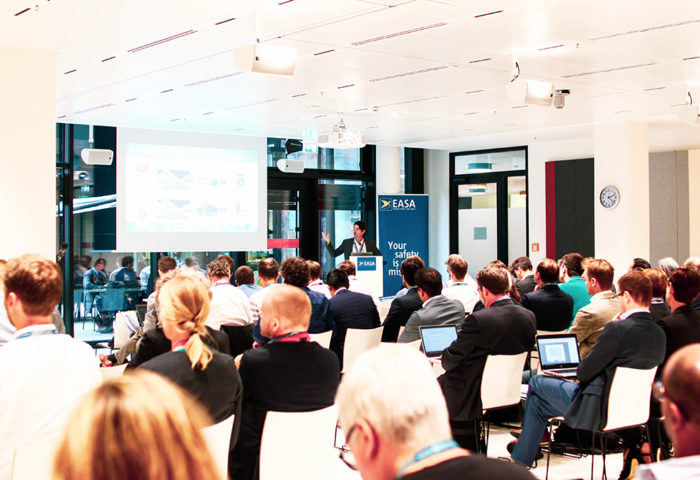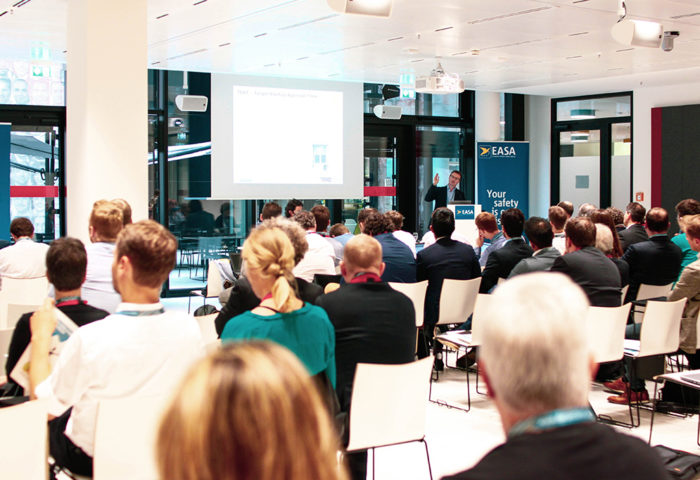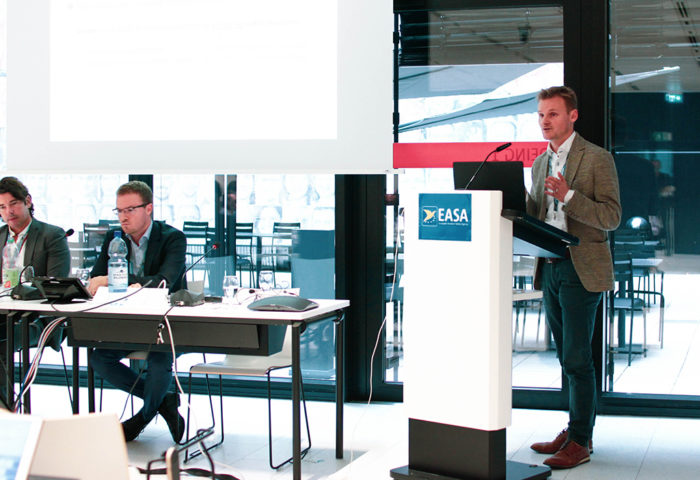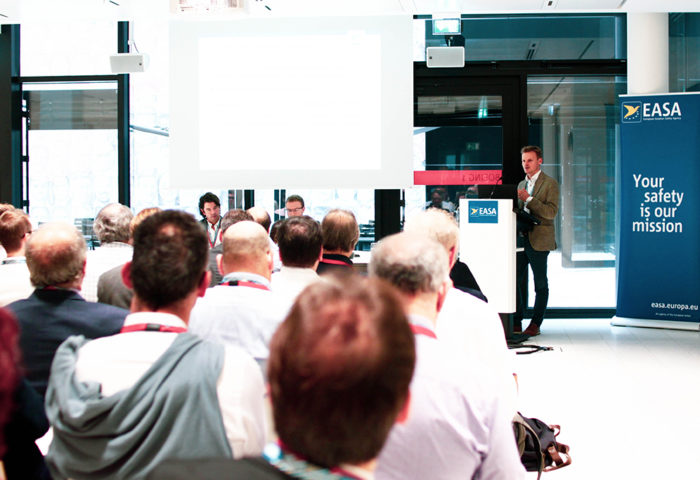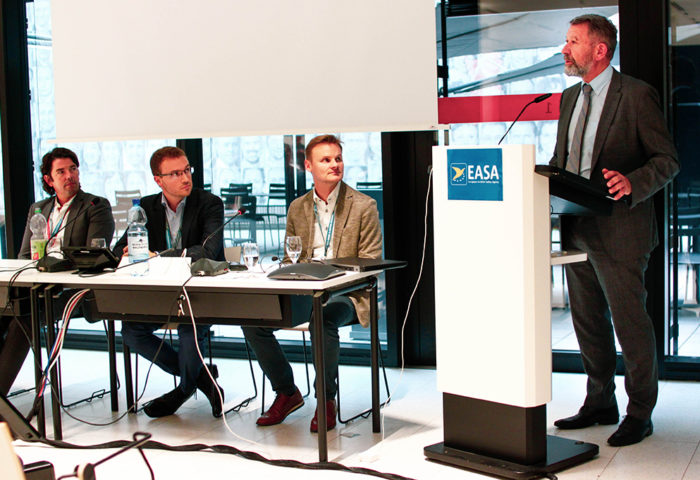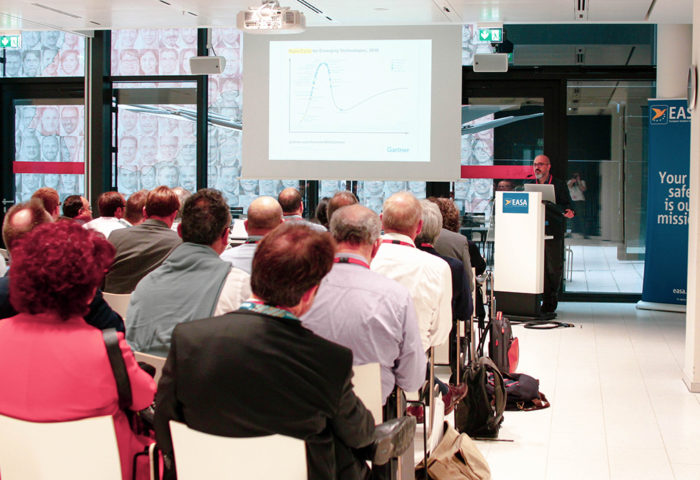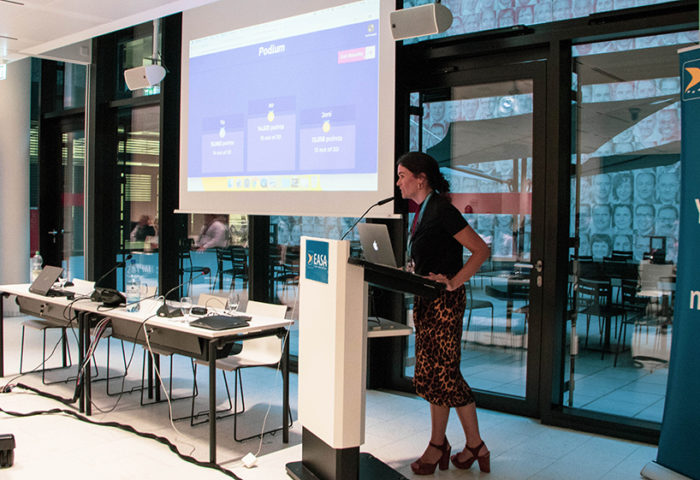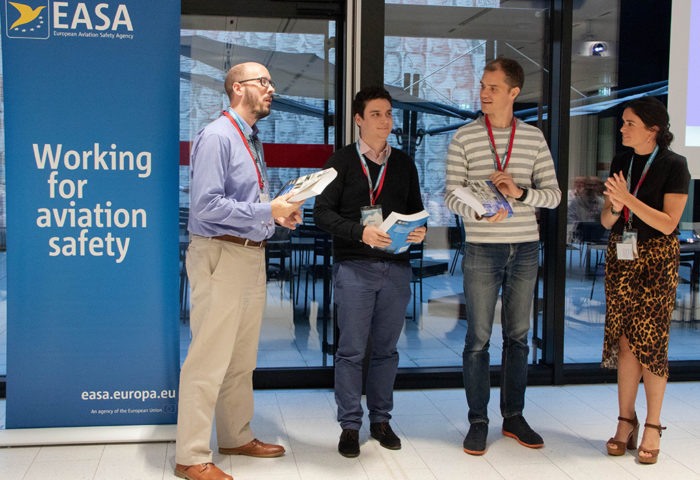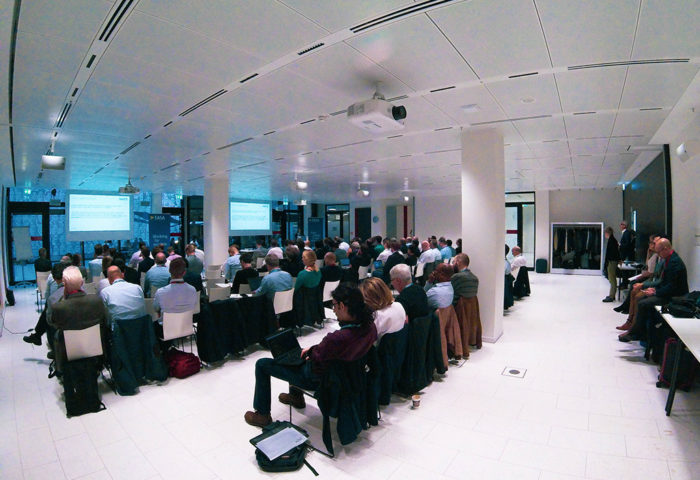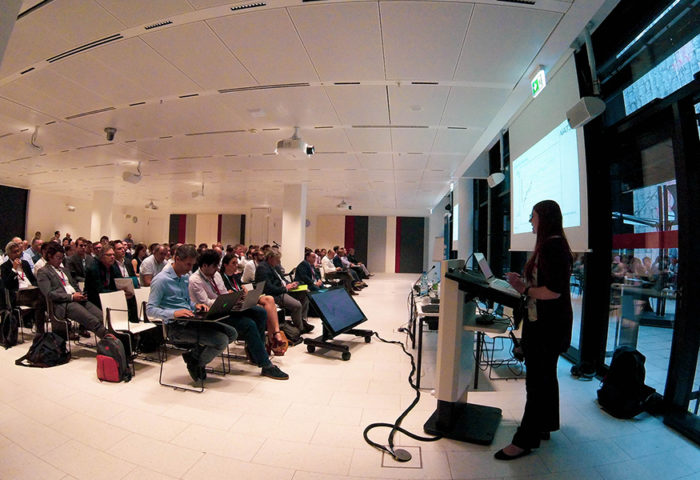This year´s edition of the Data Science in Aviation Workshop has reached an important milestone. After 6 editions of this annual event, this year we hosted more than 500 attendees, learned from more than 50 speakers and recorded about 20 hours of video to share best practices with a broader audience (that means you)! Needless to say an enormous effort is behind this workshop and with it, strong motivation to bring our audience fresh content each year. The positive feedback and gratitude we receive from the attendees keeps growing our motivation each year.
As we all know from attending countless Conferences and events, it’s not about quantity but rather quality and relevance. This year, half of the audience represented airspace users (including airlines, ANSPs, airports and authorities), while the other half was comprised of people working for other companies (mostly aviation suppliers), universities, research organizations and other European Commission bodies. This attendee combination fostered an interesting debate amoung both audience and speakers throughout the event. It’s worth noting the high level of expertise in data science and how the majority of the attendees were already working in the data domain in their daily work! To recall, it was only six years ago when we were looking at pie charts and excel sheets, while now most entities count on a data scientist within the team. It is clear a movement is growing, and rapidly. It appears everyone is convinced of the game-changing impact data science techniques will bring into this sector. All in all, our objective has been achieved!
I intentionally write “will bring” as, although we are getting very close to operational applications, there are still challenges to surmount before implementation. One challenge relates to the need of reliable and trust-worthy data platforms that will enable data sharing while ensuring protection and confidentiality. This was been explained by Samuel Cristobal, from Innaxis, on his DataBeacon presentation. The possibility of enriching data bases owned by various aviation stakeholders with complementary data sources is a key milestone that would have major impact on the industry, at its different dimensions: safety, performance, aircraft maintenance, flight efficiency, etc. Indeed, Airbus’ Data Scientist Heiko Udluft started his presentation highlighting the need of improving the Variety of data, as one of the three V’s of Big Data: it is not only about a high Volume of data, but also about its Velocity and Variety. At this event, Airbus presented their latest work on ADS-B data analysis for the AirSense initiative to improve situational awareness, reduce operational bottlenecks and optimize resources based on aviation data analytics.
We also learned that our industry is investigating different technology maturity levels, as demonstrated by the OPTICS2 presentation. Amoung all presentations, Claire Le Cras, NATS’ Senior Research Analyst presented most closely to operations on forecasting safety risk. This was based on predictive data analytics techniques anticipated at their ATCOs for an expected level of daily risks based on planned traffic and other performance factors. The SafetyLine solution, OptiClimb, is a fuel-efficiency enhancement in the climb-out phase and another good example of machine learning techniques already being applied to operations. Presentations from Austrocontrol and Eurocontrol were also very interesting which presented data science applications to enhance performance at airport and network level, respectively. In addition, the software developed at ENAC presented by Pr. Christophe Hurter, also demonstrates great potential as enabling immersive analytics to visualise multidimensional datasets in 3D equipped with a pair of VR goggles.
David Perez, Managing Director at Tadorea, wrapped up the technical sessions with a presentation on the Trends and Challenges of AI in Aviation by comparing the evolution of Artificial Intelligence techniques in the aviation sector from the last decade and the remaining challenges, such as improving data accessibility, developing hybrid architectures, or adopting privacy by design, just to name a few.
We closed the day with a fun DSIAW Quiz. Have you heard about it? If not, you should challenge yourself and Play!! (Follow the link or search for “DSIAW 2018” in the Kahoot! app).
As a reminder, all the videos are available at the Innaxis’ Vimeo channel and all the presentations are linked though the event page on this website.



